The problem with many sci-fi movies is they tend towards fancy effects and decoration instead of well-crafted stories. For many of even the most lauded sci-fi films, the experience amounts to nothing more than various scientific and alien tropes thrown together, with what’s lacking camouflaged by cool-looking aliens or sleek, fanciful spaceships. Fortunately, other sci-fi films think outside the box. Though these films are often overlooked, they, in turn, become the most underrated sci-fi films.
With many sci-fi films, the audience goes in knowing what to expect. The genre has been sufficiently explored to the point that many of the most recognizable films pack very few punches. Other films, however, use a sci-fi base to explore transcendent themes, resulting in moviegoing experiences that disturb as much as quietly delight. In this article, we will explore the most underrated sci-fi movies. Some are disturbing, some are mind-bending, but all use imagination to carve out oft-overlooked aspects of sci-fi possibilities. (For other movies that were undeservedly overlooked, discover the most underrated movies of the 90s.)
To compile a list of the most underrated sci-fi movies, 24/7 Tempo consulted a range of entertainment and film sources including Den of Geek, Far Out Magazine and Esquire Magazine. Next, we selected sci-fi films that either received little coverage upon release or transcended the genre in several impactful ways. After that, we consulted sites like IMDb and Rotten Tomatoes to confirm aspects of the films’ plots and critical receptions.
Primer (2004)

One of the most underrated sci-fi movies is “Primer”. The film follows Aaron and Abe, two engineers working on a side project for their tech day jobs. While researching the electromagnetic ability to reduce objects’ weights, they accidentally discover a way to time travel. By creating a time loop, the pair can travel backward in time, so to speak. Though they keep this profound discovery to themselves, successfully betting on the stock market in the process, their body doubles created by the experiment soon wreak havoc on their lives.
Though time travel sits at the heart of “Primer,” the film is more rooted in scientific theory and jargon than any other contemporary sci-fi film. Yet, it doesn’t confuse the viewer so much as to overwhelm them in the immersion of what it would feel like to discover time travel. Though it was made on a shoestring budget and primarily occurs in garages and car parks, the film is original and cerebral and enchants the viewer through pure scientific enigma.
Monsters (2010)

A few years after a NASA probe crashes into Mexico, giant tentacle-clad monsters take over a region of the country. The film follows an American photojournalist named Andrew Kaulder as he attempts to escort his boss’s daughter through the “infected zone” and into the United States. They learn more about the strange creatures who have invaded Earth and almost lose their lives in the process.
Much like “Primer,” “Monsters” is another low-budget sci-fi film that uses expert storytelling and pacing to create an immersive world without giving too much away. While in some ways it fails to deliver on its enticing premise, it produces a rich atmosphere and otherworldly, beautiful alien models that remain an unseen threat until key moments in the film. It’s one of the most underrated sci-fi movies because it provides a welcome injection to the too often stale creature-building world of conventional sci-fi.
Strange Days (1995)
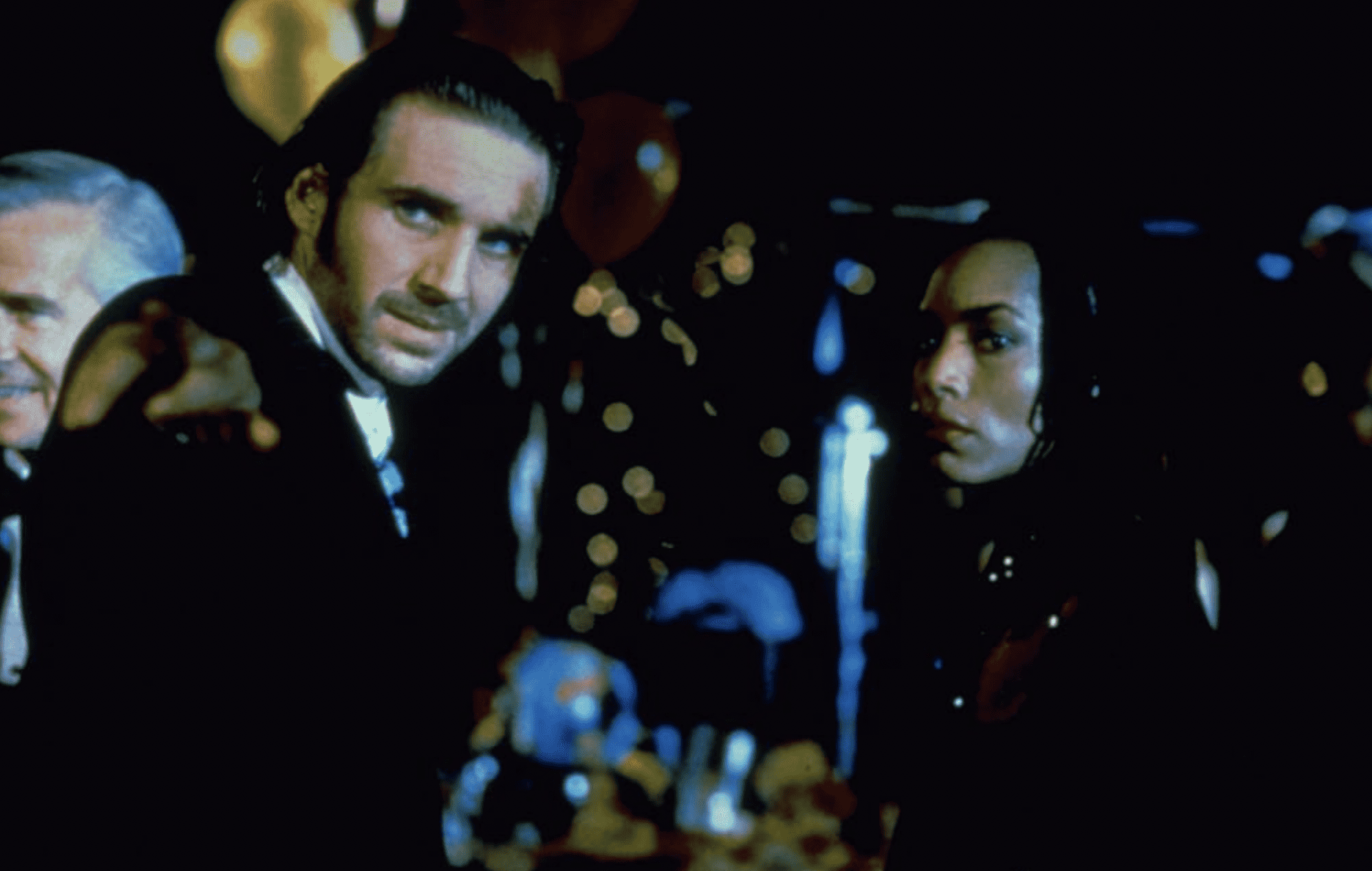
The year is 1999, and Los Angeles is a hellzone. Lenny Nero is a former cop turned black marketeer of electronic devices called SQUIDS that can capture the memories and physical sensations of other people. After Nero meets Lornette “Mace” Mason, a bodyguard and limo driver, the pair are drawn into a criminal conspiracy that revolves around the murder of a prostitute and the record of her memories on a SQUID device.
Upon release, “Strange Days” divided critics and made only $17 million back of its then-hefty $42 million budget. In the following years, however, the film gained a cult following. That’s because it’s an impressive technical and visual feast, opting for a visceral approach to filmmaking that is hard to find. It’s one of the most underrated sci-fi movies because it transports the viewer into its grimy atmosphere and makes them reckon with the idea of capturing another person’s memories without losing them in plot, narrative or exposition.
The Man from Earth (2007)
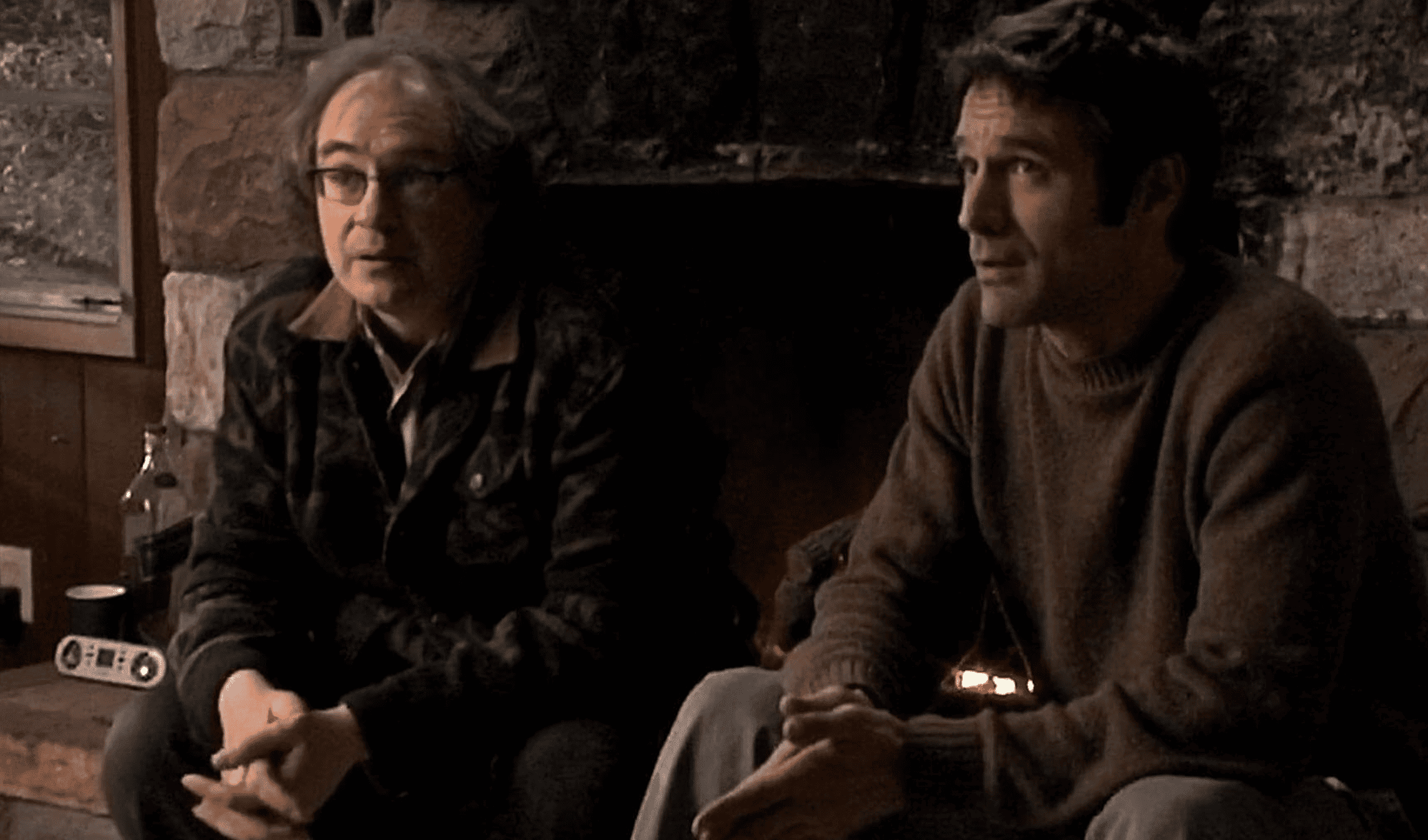
The film follows John Oldman, a University professor who is retiring from his teaching position and moving away. In response, his fellow academic colleagues throw him a going-away party. While celebrating, his fellow professors ask Oldman why he is moving away. Reluctantly, he admits that he is 14,000 years old. Suspicious and bewildered by his answer, his colleagues question him through the frameworks of their academic expertise. In the process, the idea of this being true pushes his colleagues to the brink of sanity and skepticism.
“The Man from Earth” is one of the most underrated sci-fi movies because it uses pure intellectual exercise to shape a sci-fi story. Eschewing fancy effects and fantastic atmospheres, the film uses simple words and intellectual concepts to spin a story that is cerebral, intriguing, and mysterious. While it never fully answers the question of whether or not the protagonist is who he says he is, it puts the viewer in a place that encourages their curiosity, dressing the process in a mystical, spiritual, yet utter human momentum.
The Abyss (1989)

An American submarine sinks deep in the waters of the Caribbean. In response, a search and recovery team collaborates with an oil platform crew, competing with Soviet vessels to reach the sunken craft first. When they submerge deep in the ocean, however, they discover an alien civilization hidden deep in the bottom of the ocean that seeks to communicate with them.
While “The Abyss” brings audiences everything that makes a James Cameron movie great — high-tension missions and impressive effects — many critics felt the ending delivered an underwhelming payoff. That said, it is one of the most underrated sci-fi films because it provides a grounded look at what contact with an alien civilization might look like. Frankly, if aliens exist, they are more likely to look like what “The Abyss” depicts than any high-fantasy, CGI-effects-laden conventional sci-fi film would have you believe.
A Scanner Darkly (2006)
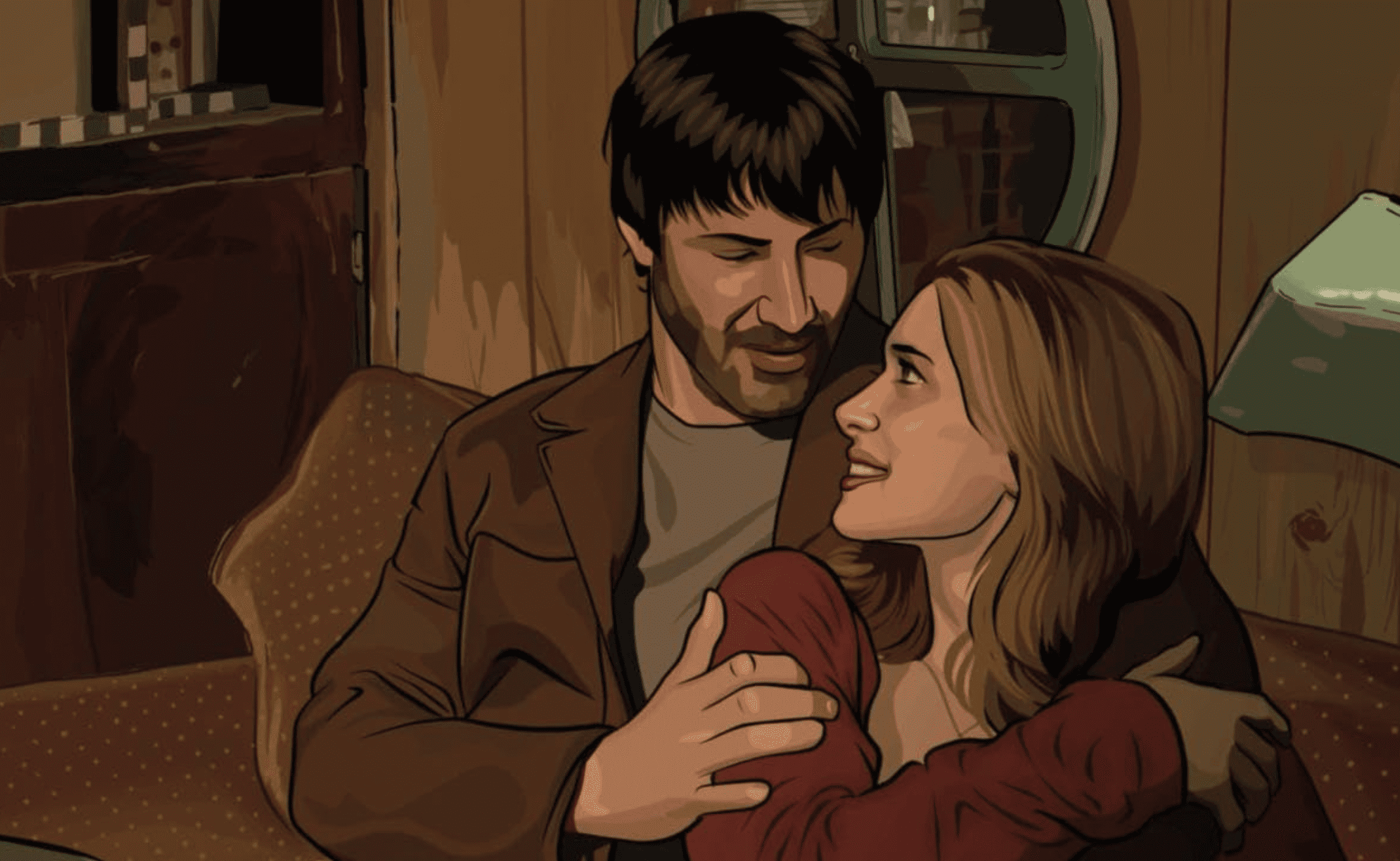
“A Scanner Darkly” takes place in a near-distant dystopian future where the United States has functionally lost the war on drugs. Enter Substance D, a powerful drug that causes bizarre hallucinations and has captured at least 20% of the population in its grasp. To combat this, the government uses informants like Bob Arctor to immerse themselves in this drug world and get information. In the process, however, Arctor becomes hopelessly addicted to the drug. This takes him through the lives of addicts and the rehabs that help them recover. There he learns that the rehabs very well might be the thing responsible for the drug’s proliferation.
Based on the novel by sci-fi legend Philip K. Dick, “A Scanner Darkly” is one of the most underrated sci-fi films because of how much beauty, pain and innovation it packs in a conventionally-lengthed movie. Expressed entirely in rotoscope animation, the film has an utterly distinct look and feel. Beyond that, however, the film captures the brief moments of love and beauty as islands in a sea of drug addiction and depravity. It will tug at your heartstrings, make you sneer and laugh, but ultimately, give a sense of what slavery can look like in a modern society.
Coherence (2013)

It’s the night that a comet is due to pass Earth, and a group of eight friends gather for a dinner party. After the comet comes and goes, strange things start occurring around the home. Glass is broken, but no one remembers how it happened. Soon, the group realizes that the comet may have caused impossible effects on their perception, almost as if it has separated the party into different time loops.
“Coherence” succeeds as another effective sci-fi mind game shot on a shoestring budget. What makes it one of the most underrated sci-fi movies, however, is how effectively it uses the interactions between people to express extraordinary, seemingly impossible concepts. Eschewing fancy effects for a strong cast and brilliant storytelling, “Coherence” uses a less-is-more philosophy to create a truly nerve-wracking, thought-provoking, yet grounded look into how people would respond to the metaphysical becoming concretely real.
Predestination (2014)

Ethan Hawke plays a temporal agent, tasked with going back in time to stop criminals from carrying out nefarious deeds. He meets his match, however, when he’s sent back to stop an elusive terrorist from committing a bombing that, if effective, will kill tens of thousands of people.
Arguably a herald of time-traveling whodunit movies to come, “Predestination” makes an early stab at various future time-traveling, dream-logic type fares such as “Inception.” While it always seems to come close to collapsing on its internal logic, what makes “Predestination” one of the most underrated sci-fi movies is how entrancing, yet heart-wrenching the adventure through different times and places comes off. Chock-full of heady themes like destiny, fate, procreation and choice, the film makes for a compelling viewing experience, even if it feels like it might slip off the rails at any moment.
Annihilation (2018)

Lena is a biologist and former soldier who travels to an area of the Pacific Northwest called Area X. The area received its name due to the strange and disturbing alien phenomenon slowly but steadily conquering vast swaths of land. Once there, Lena joins a mission into the infected area, seeking answers about what happened to her husband. Once inside, she discovers a beautiful yet mutilated landscape full of shape-shifting creatures and hallucinatory experiences.
Another instant classic from Alex Garland, a director known for his mind-bending flicks, “Annihilation” is a hypnotic and disturbing look at what a real alien invasion might look like. It transports the viewer into true cosmic horror, unfolding one stomach-churning experience after the next. What makes “Annihilation” one of the most underrated sci-fi films is how expertly it combines philosophy and fear to create a darkly spiritual, hallucinatory, beautiful and eye-popping labyrinth of eldritch horror. (For other movies with stunning visuals, discover jaw-dropping movie stunts you need to see.)
Snowpiercer (2013)

“Snowpiercer” takes place in a distant future, years after the world transformed into a giant frozen waste. What remains of the human population now resides on a giant train, spanning the globe and forced to keep moving lest the precious few people left perish. The train functions through an almost feudal hierarchy, however. In response, one man risks everything to stage a revolt against the train’s leaders and take control of the engine for the sake of the world.
Despite its almost ludicrous, logic-defying setup, “Snowpiercer” is a tour de force of filmmaking. It’s a dark and wicked parable, yet beautiful in its exploration of what a post-apocalyptic world might look like. What makes it one of the most underrated sci-fi movies is how expertly it combines the action-packed hallmarks of a summer blockbuster with a sci-fi meditation on power, corruption and the price of freedom. Facilitated by Chris Evan’s adventurous performance and Tilda Swinton’s cruel power dynamics, “Snowpiercer” is a welcome sidestep to the usual sci-fi tropes.
Under the Skin (2013)

An extraterrestrial entity lands on Earth. Soon, she adopts the skin of a beautiful female human and begins traveling the streets and countryside of Scotland looking for victims. Upon finding a suitable male victim, she seduces them into following her through a hallucinatory dream state of darkness and black goo to their ultimate death and subsumption into her alien world.
Unlike many other sci-fi movies, even underrated ones, “Under the Skin” relies on feeling, tone and hypnotic imagery to tell a story of predation, loneliness and cosmic horror. Directed by Jonathan Glazer, the film is an act of dark seduction. It uses next to no words to express the texture of the experience, resulting in a dark, horrifying, yet strangely beautiful treatise on consumption, interaction and high strangeness. What’s more, the only professional actor in the film is Scarlett Johansson, leaving the rest of the roles to real people, creating a believable, delicately human sense of fear.
Sunshine (2007)
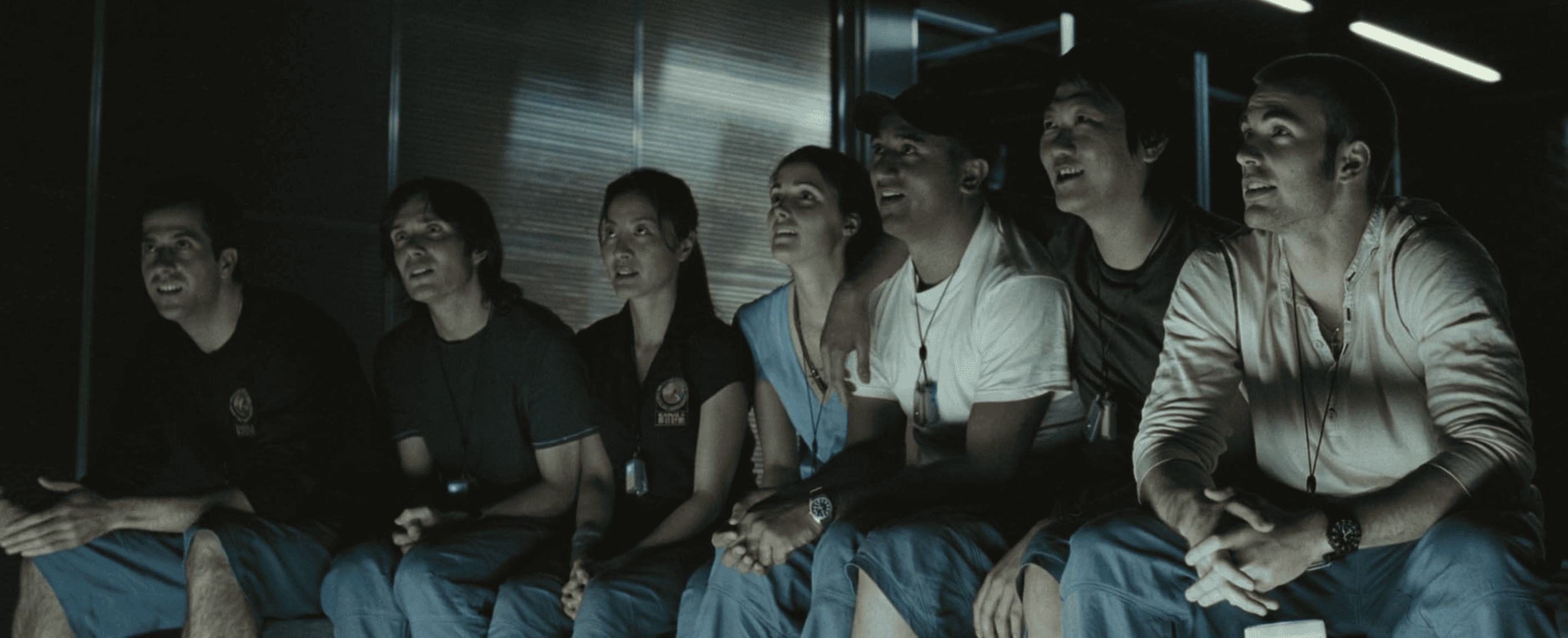
It’s the relatively distant future and the dying sun spells disaster for humanity. In a hail mary attempt to save Earth and its people, a team ventures out into space with a device that just might revive the fading sun. Soon, however, a mistake and a distress call from a long-lost spaceship throw the rescue mission into a tailspin.
While other films on this list opt for the cerebral and unseen to craft sci-fi stories, Danny Boyle’s “Sunshine” takes the opposite approach. It’s a mesmerizingly beautiful look at a mission into space. While aspects of the plot fall off their hinges at moments, what makes “Sunshine” one of the most underrated sci-fi films is its pursuit of visual ambition. It considers the big questions about space and the universe. Even if it misses the mark, for the most part, the journey is a feast of images and technical excellence.
Colossal (2016)

Anne Hathaway plays Gloria, an unemployed party girl who leaves New York City and moves back to her hometown. Soon, however, she hears news reports describing a giant creature attacking and destroying Seoul, South Korea. The more she hears about this tragedy, the more Gloria realizes her life is somehow connected to the event. As it spirals out of control, she must discover why her unremarkable existence is causing very real effects on the world at large.
What makes “Colossal” one of the most underrated sci-fi films, despite its relatively recent release date, is how seamlessly it combines very disparate genres to create a strange, funny, and ultimately affirming tale. Though it starts quirky and inventive, the second half of the movie defies expectations to an incredible degree, leaving the viewer to root for elements they would never expect. It manages to combine goofy and unnerving in a delightful display of dysfunction.
Silent Running (1972)

The world of plants and living things has practically ended on Earth. All that’s left is ecologist Freeman Lowell and the greenhouse he manages on a space station in an attempt to preserve living things for future generations. After he is ordered to destroy the greenhouse in favor of carrying more cargo, Lowell and his robot companions rebel and do everything they can to preserve the little greenery left living.
What makes “Silent Running” one of the most underrated sci-fi films, and perhaps the oldest on this list, is its ability to craft a heartwarming and affirming story using a small budget and equally proportioned, yet lush imagery. It’s an intimate film, simple in its portrayal, yet thoughtful and transcendent in its conclusions. Relatively forgotten, even in its time, “Silent Running” uses melancholy and seriousness to craft a truly unique sci-fi experience.
Galaxy Quest (1999)
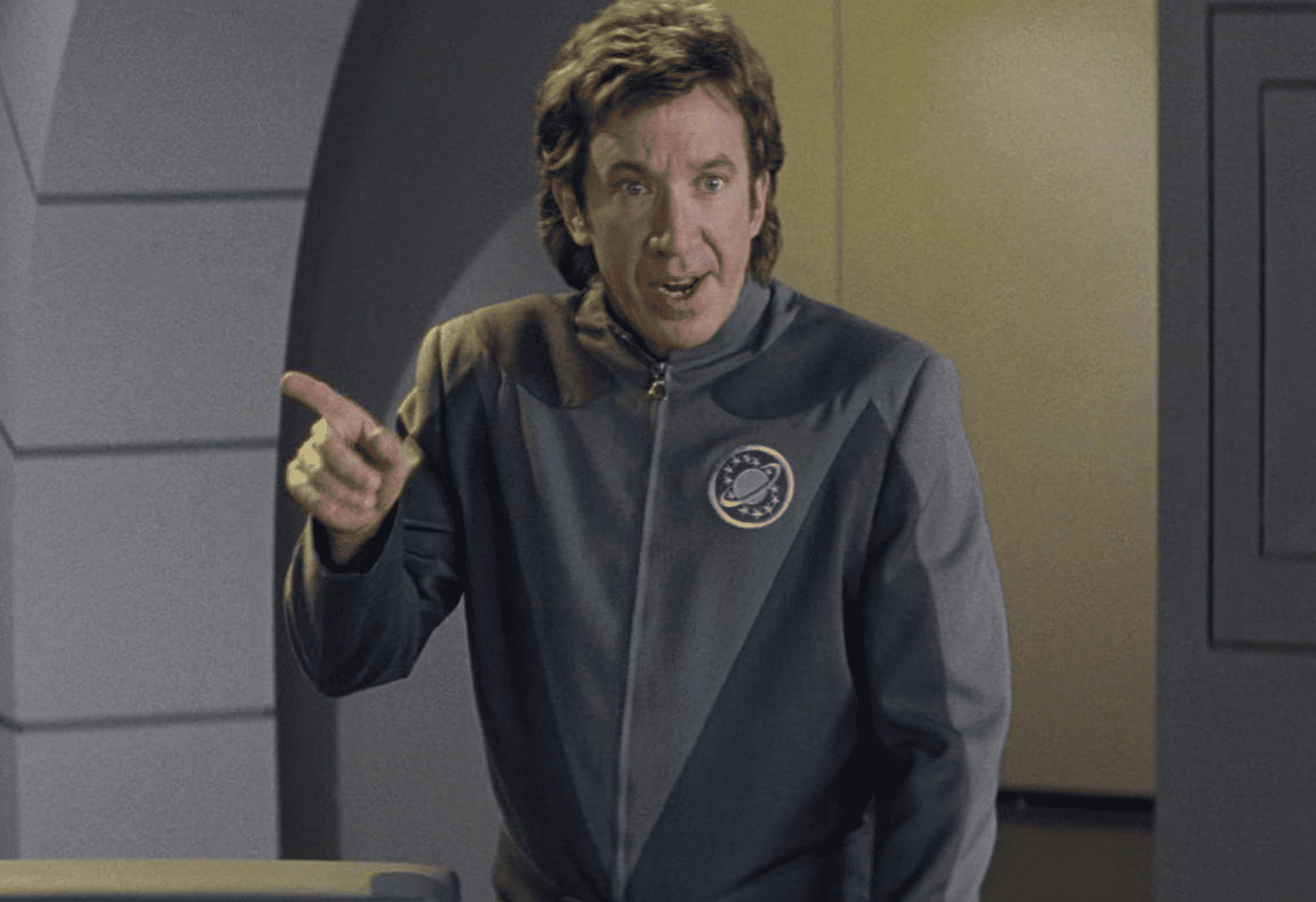
Though they were once the stars of a hit sci-fi show in the 1970s, the cast of “Galaxy Quest” barely scrapes by through humdrum appearances at movie and gaming conventions. Suddenly, however, the cast is beamed up to a real alien ship. There, they learn that said aliens are incapable of lying, so they believe transmissions of the TV show were real events. Seeking what they believe to be the actors’ real-life skills, the aliens enlist the actors in a quest to defeat an evil, disturbing alien adversary.
Influenced by “Star-Trek” and the various misadventures of its cast members since the show ended, “Galaxy Quest” is a hilarious and delightful romp through the most fantastical things becoming all too real. While it was well-received upon release, what makes this movie so underrated is how expertly it combines great effects, a realistic sci-fi atmosphere and comedy. It pokes fun at a list of sci-fi tropes, yet results in a film that is sweet in its delivery and heartwarming and life-affirming in its conclusion.
Johnny Mnemonic (1995)
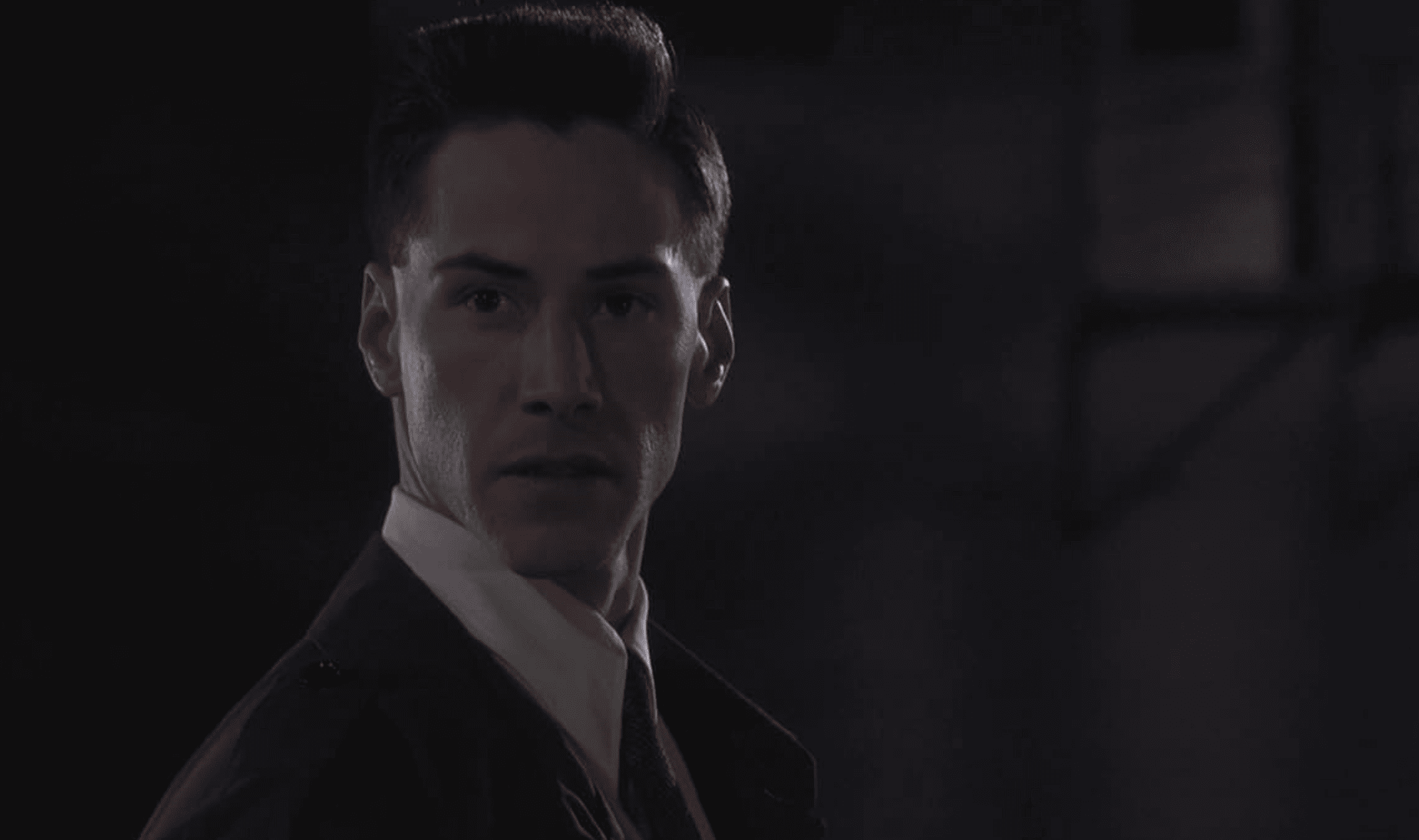
It’s the cyberpunk future, and Johnny is a data courier who has a secret trove of information planted into his mind. The only problem is, that the trove of info will kill him if it’s not taken out within 48 hours. Along with his bodyguard, Johnny sets out to find the passwords that will release the data and save his life. In the process, he finds himself hunted by various gangsters and sinister businessmen hoping to retrieve the precious data Johnny so desperately seeks to get out of his brain.
Based on a short story by cypherpunk innovator William Gibson, “Johnny Mnemonic” is a dazzling, if not somewhat aggravating look at a bit-based future. While it was a box office failure, with critics lambasting its letdown of a plot, there is nevertheless something there worth seeing. Not only does “Johnny Mnemonic” anticipate future computer-based mind game movies like “The Matrix,” it also offers brief but brilliant glimpses at a disturbing future yet to come. (Still seeking your sci-fi fix? Discover the 20 best sci-fi films of all time.)